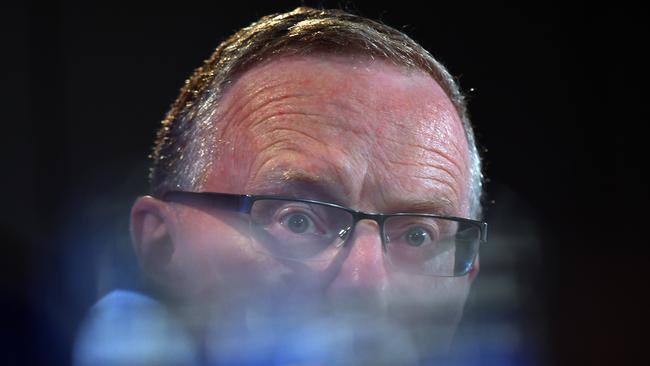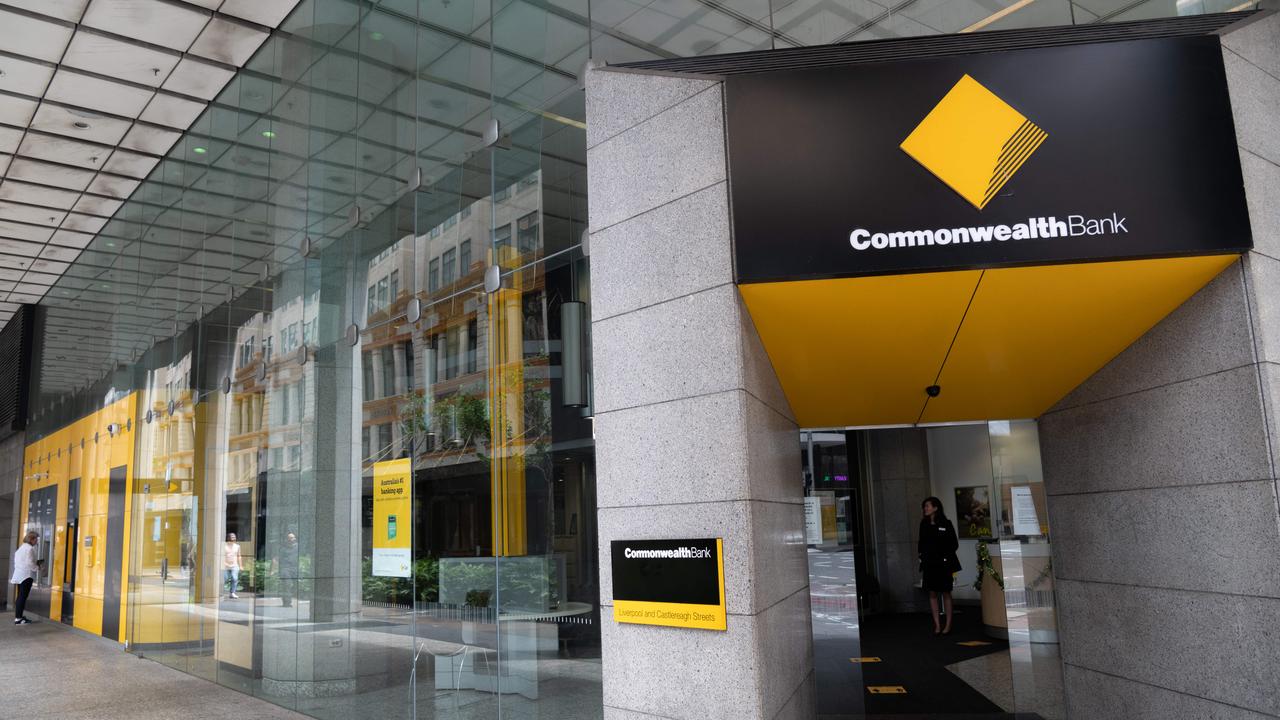Unorthodox monetary policy here to stay: RBA
The RBA has effectively ruled out ending its bond purchasing program as scheduled in September, despite an expanding economy.

The Reserve Bank has effectively ruled out ending its unprecedented $200bn bond purchasing program as scheduled in September, despite a national economy that is “transitioning from recovery to expansion”.
Minutes from the RBA’s June 1 meeting showed the board “remained committed to doing what it reasonably could to support the Australian economy” and that it considered “a return to full employment a priority for monetary policy”.
“Leading indicators of labour demand, such as job vacancies, continued to point to further solid increases in employment in the period ahead,” the minutes read.
The RBA suggested it was unlikely that the robust labour market outlook and pockets of labour shortages would lead to higher wages growth in the near term, as employers were offering “non-wage incentives” like one-off bonuses and flexible working conditions over pay rises.
“While a faster pick-up in wages growth was possible, members continued to expect a gradual increase … as spare capacity in the labour market was steadily absorbed.”
At the June meeting, the central bank retained the cash rate at its record low of 0.1 per cent, and Tuesday’s minutes reiterated that monetary policymakers would not consider hiking until inflation was “sustainably within the 2 to 3 per cent target range” – a prospect that was “unlikely” until 2024 “at the earliest”.
The focus among economists has now turned to the next board meeting on July 6, when RBA governor Philip Lowe will announce the fate of two unorthodox monetary policies – the $5bn a week bond purchase program, known as quantitative easing, or QE, and the bank’s “yield curve control” policy, which pins rates out to three years at 0.1 per cent.
Dr Lowe will give a speech immediately afterwards to explain the changes.
He will also deliver a speech entitled From Recovery to Expansion on Thursday morning in Toowoomba.
Tuesday’s minutes showed board members canvassed four options for the QE program, although they appeared to rule out the first: ending it as scheduled in September.
Board members observed that “the bond purchase program had been one of the factors underpinning the accommodative conditions necessary for the economic recovery” and they thought it would be “premature to consider ceasing the program”.
That left three alternatives: “repeating $100bn of purchases for another six months”; “scaling back the amount purchased or spreading the purchases over a longer period”; or moving to a more flexible approach “where the pace of bond purchases is reviewed more frequently, based on the flow of data and the economic outlook”.
The board noted that market economists expected a further $50bn to $100bn in bond purchases in the six months “or so” after September.
Nomura Australia chief economist Andrew Ticehurst said “further QE buying appears certain, most likely in a more flexible form, at, on average, a slower pace over time”.



